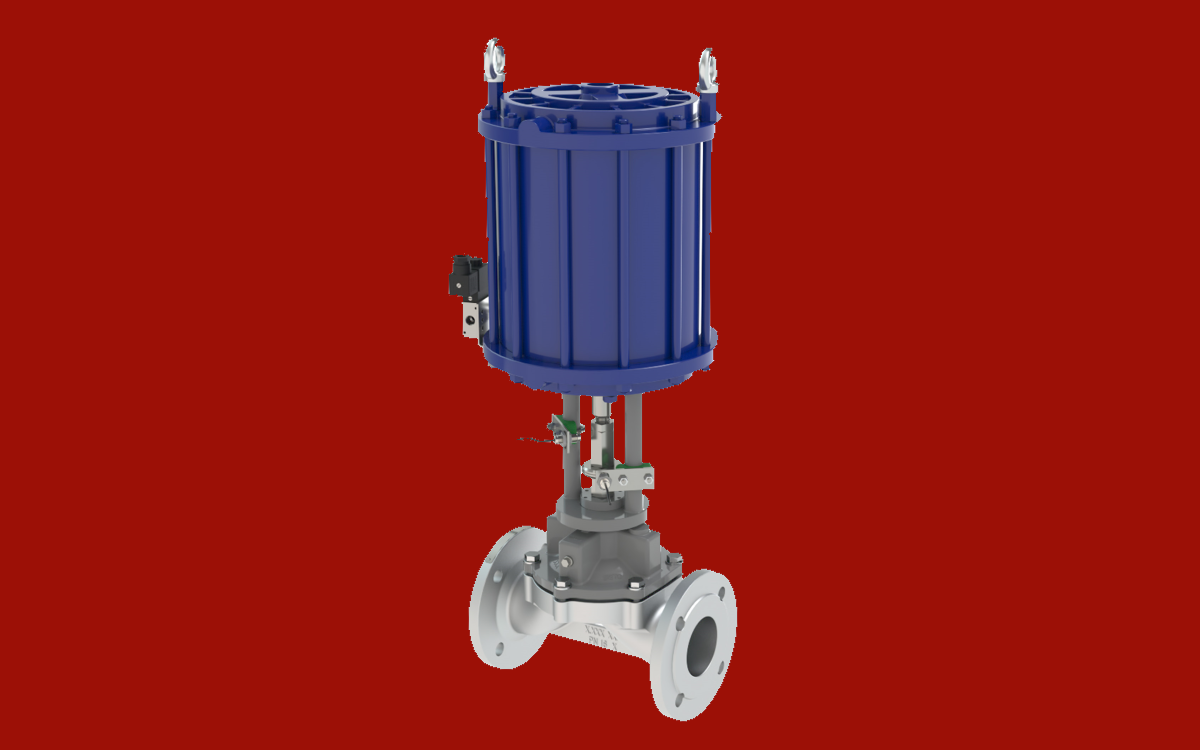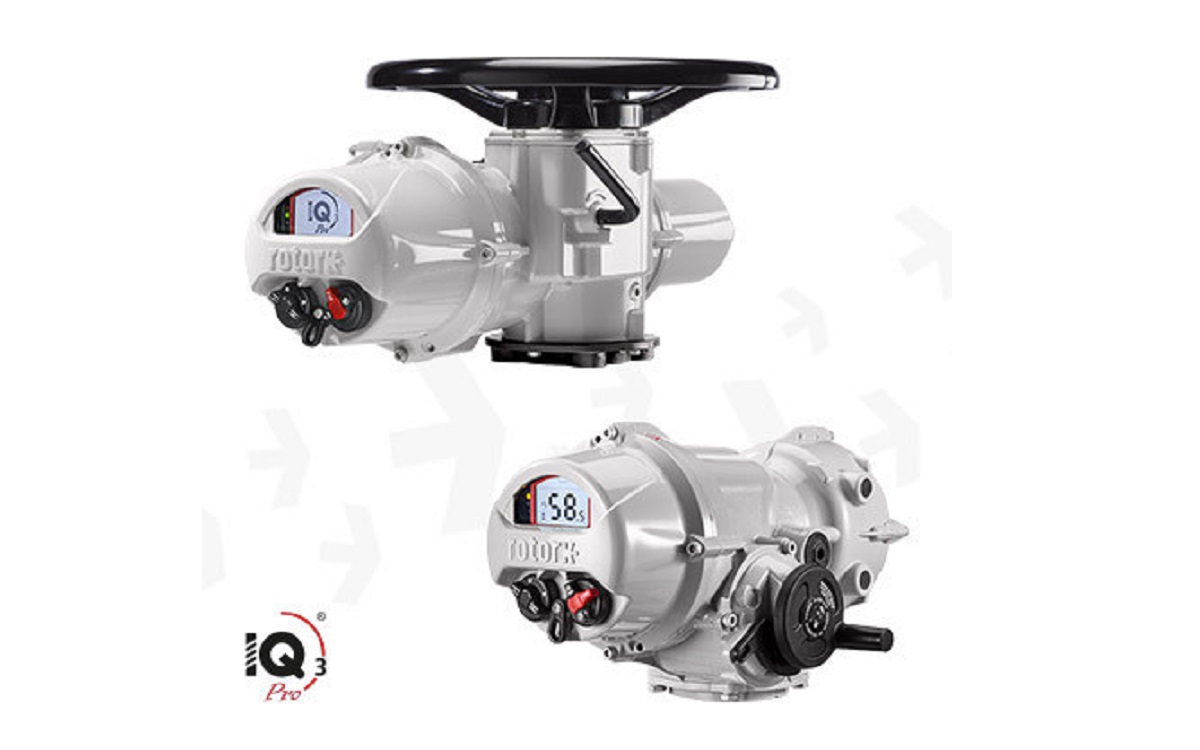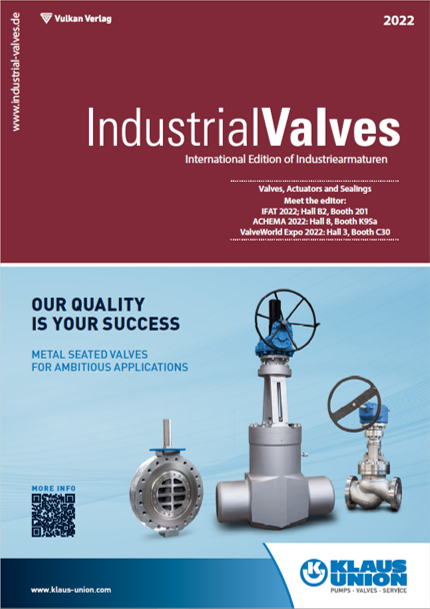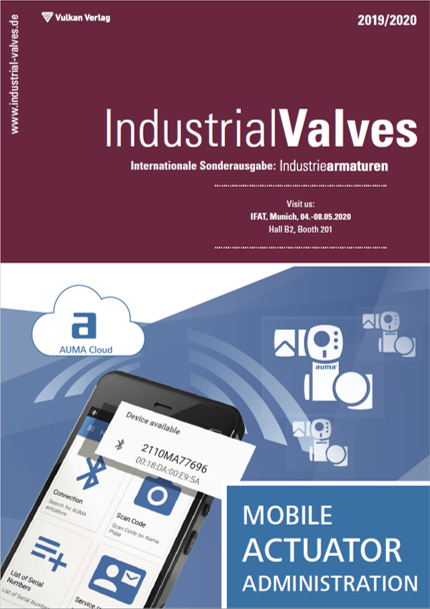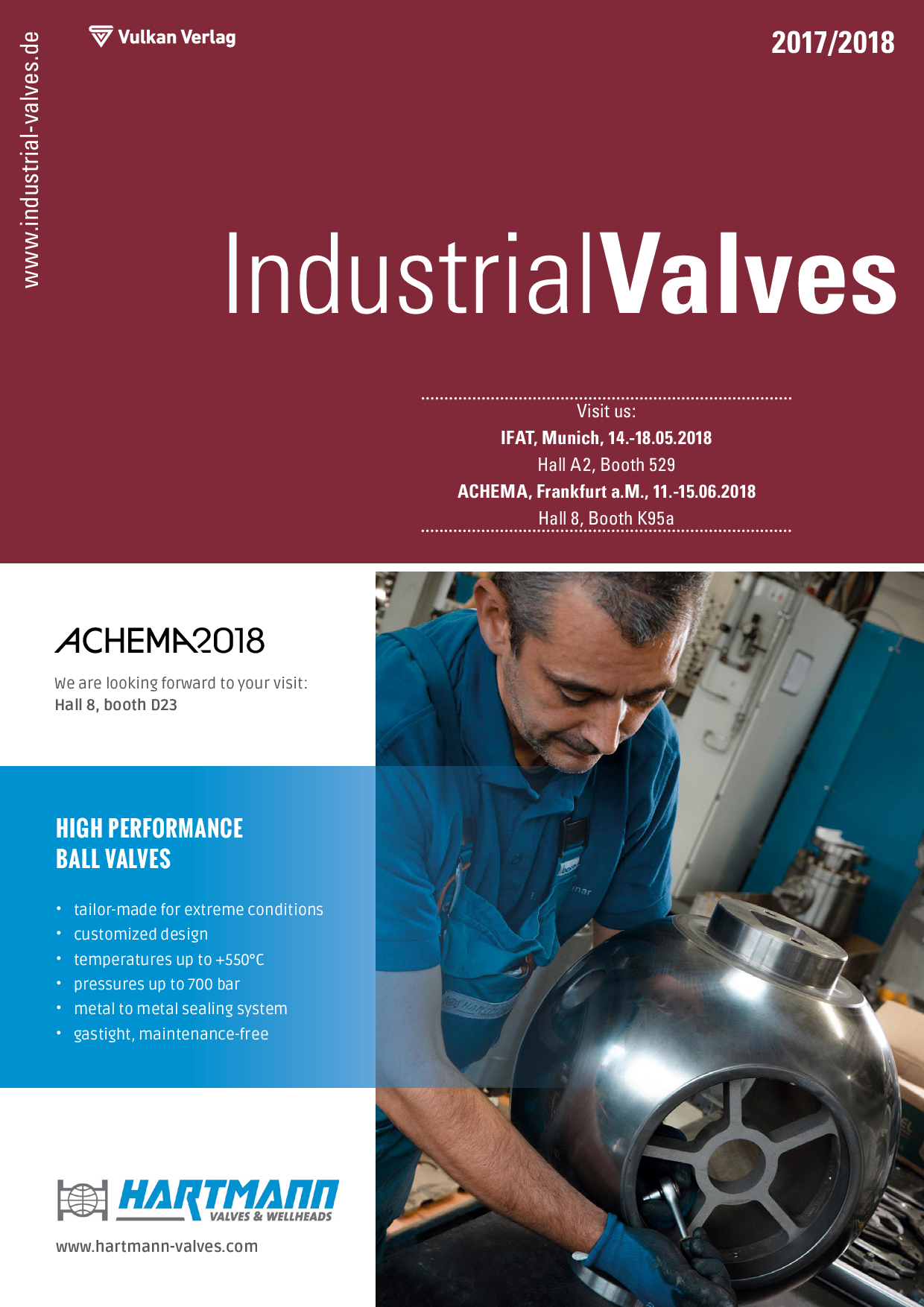SAI 07.2 – 16.2 and SAI 25.1 – 35.1 (“inside containment”) actuators are now approved to IEEE 382:2006 for use within the reactor building. The SAN 07.2 – 16.2 and SAN 25.1 – 35.1 (“outside containment”) series are qualified for slightly less demanding service in secondary water, steam, and ventilation systems.
AUMA has been making actuators for nuclear power plants (NPPs) since the 1970s. The new actuators offer performance to match the longer service life and higher outputs required of modern NPPs, which in turn mean higher steam pressures, larger pipe sizes, higher valve torques, and shorter operating times.
The new nuclear actuators are based on AUMA’s latest SA multi-turn design, modified for the demanding environment of a nuclear plant. Plastics used for switches, cables, connectors and sealing elements, for instance, must withstand high temperatures and radiation doses.
Extreme-performance lubricants are needed for the gears, and special windings for the motors. For the SAI actuators that are qualified to operate within the reactor containment vessel, ductile (SG) cast iron replaces grey cast iron and aluminum as the material for the actuator housing.
The qualification process for NPP actuators is stringent, whether they are designed to operate inside or outside the containment vessel. NPPs are required to withstand severe incidents such as steam and coolant leaks, floods, and earthquakes. Following such incidents, key valves must remain operable to prevent further damage to the plant.
The new SAI actuators faced the most severe test regime. The AUMA type test specimens first underwent thermal aging to simulate a plant service life of 60 years. They were then submitted to normal service conditions such as load cycles, changing ambient temperatures and pressures, radiation, and vibration. This procedure took several months. Finally, the actuators faced simulations of both an earthquake and a loss of coolant accident (LOCA), after which they still had to be operable at a temperature of 220 °C and an ambient pressure of 6 bar.
New actuators qualify for nuclear service
Category: Products
Topic: Drives and control
Author: Vulkan Verlag
Date: 30. May. 2020
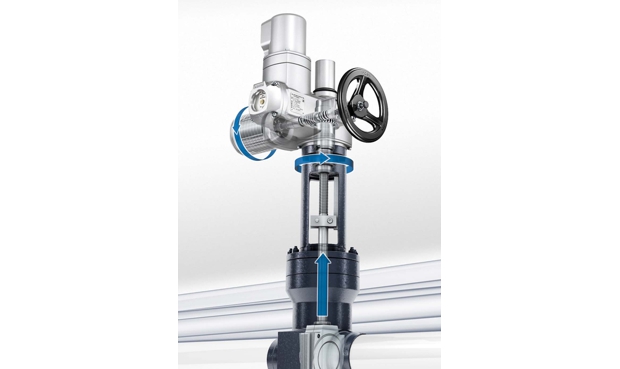
You might also be interested in:
Inside Industrial Valves
The industry newsletter
Your free email newsletter for the valve industry.
